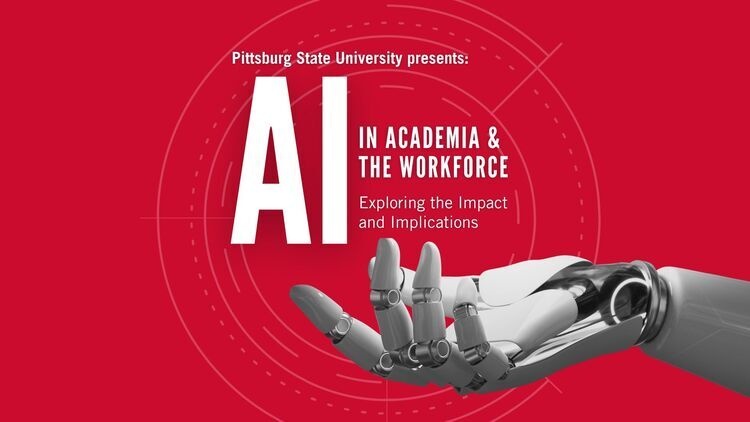Files
Download Full Text (4.3 MB)
Description
Building upon previous research, an AI technique called logic tensor networks is used to predict where to view the aurora borealis. This technique uses a logic-based neural network to create these predictions. The model outputs probabilities of sightings. Classification, a machine learning technique used to sort data into categories, will be used to compare with the logic tensor networks. Work is ongoing to gather and format data collected by satellite and from the Aurorasaurus website to use for training our model. The Aurorasaurus website collects reports from people around the world and stores data such as the date, time, geographical coordinates, and the duration of the sighting. This site also uses a model that predicts viewing locations, called Ovation Prime. Since the Ovation Prime model gives the probability of sighting the aurora overhead, view lines are used to adjust the probabilities of Ovation Prime to compensate that the aurora may be sighted closer to the horizon. The Ovation Prime model does not accurately predict where the aurora is visible. Thus, logic tensor networks will be used to combine the Ovation Prime model with the reports of sighting to increase the accuracy of the Aurorasaurus predictions.
This research is a continuation of that funded by the NASA Rapid Response Research Grant Appendix F: A Neural-Symbolic Aurora Model Driven by Aurorasaurus Data in Citizen Science and the Kansas National Space Grant College and Fellowship Program – Opportunities in NASA STEM FY 2020-2024. It is currently supported by the NSF ASTER-LSAMP grant at PSU.
Department of Primary Author
Electrical Engineering
Affiliation of Primary Author
Student
Publication Date
2025
Recommended Citation
Granadeno, Jhonatan; Luton, Jacob; Mayer, Erik; Hernandez, Estevan; Wu, Tao; He, Hongsheng; and MacDonald, Elizabeth, "Using the artificial intelligence technique of logic tensor networks to predict aurora borealis visibility" (2025). Posters. 3.
https://digitalcommons.pittstate.edu/ai-posters-2025/3




